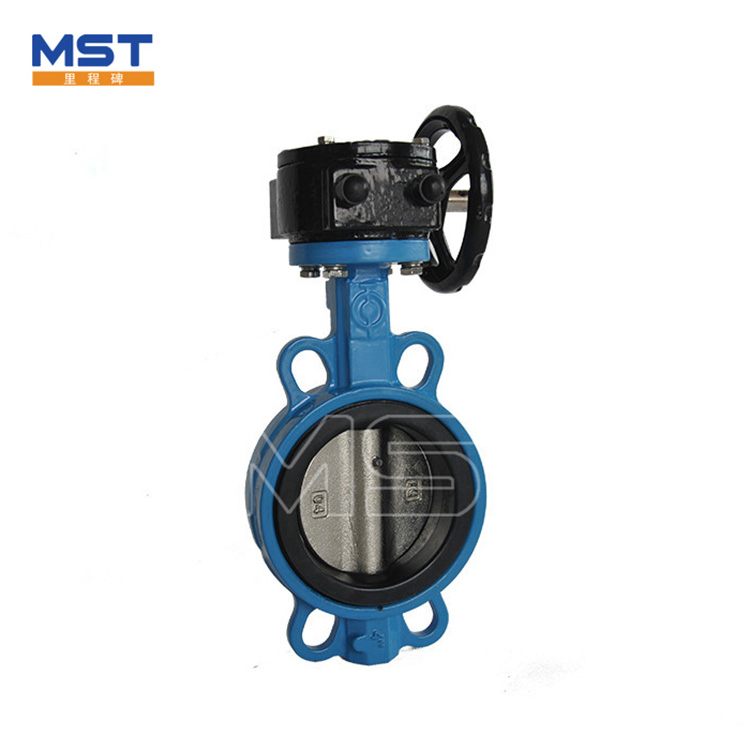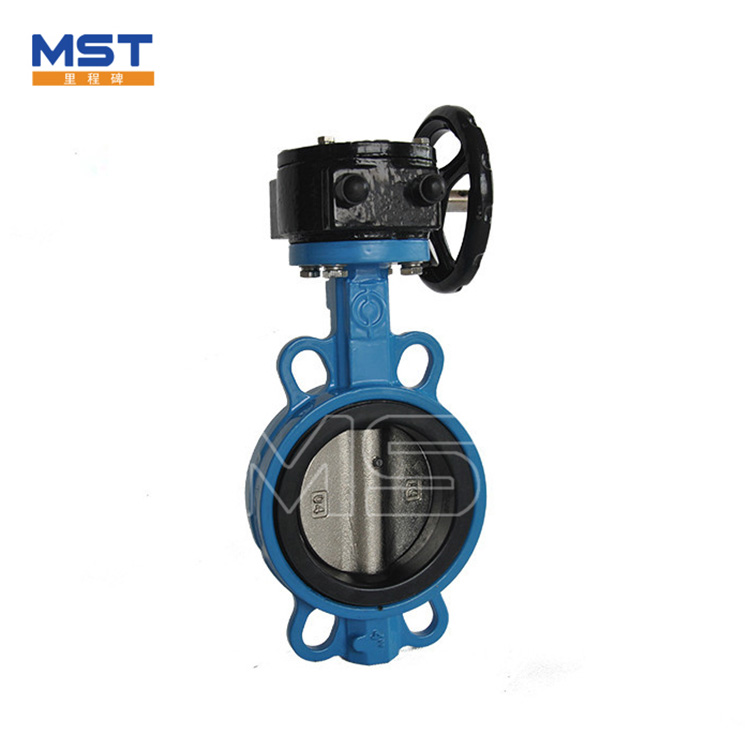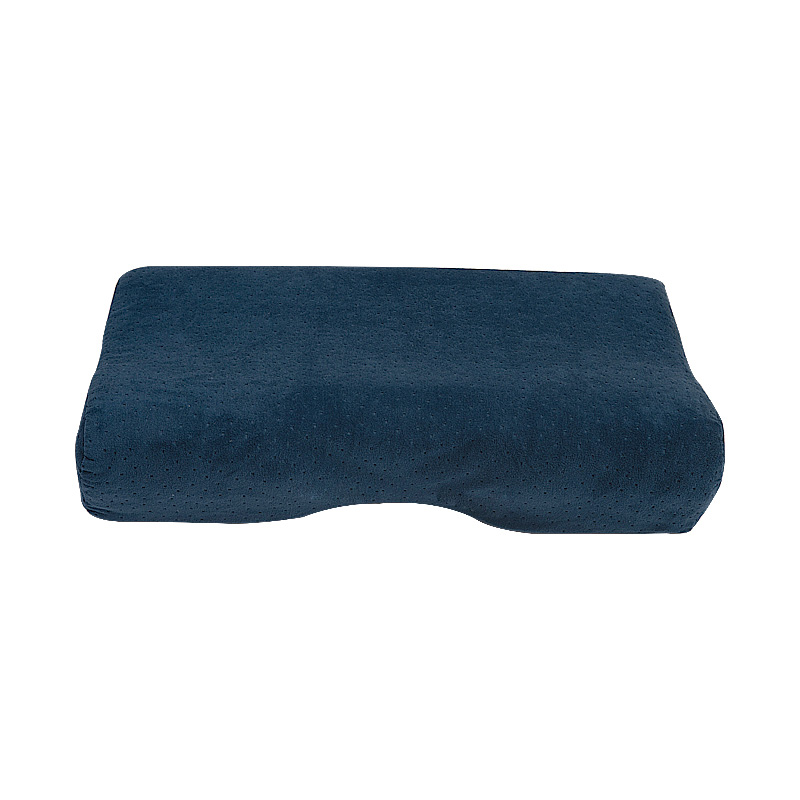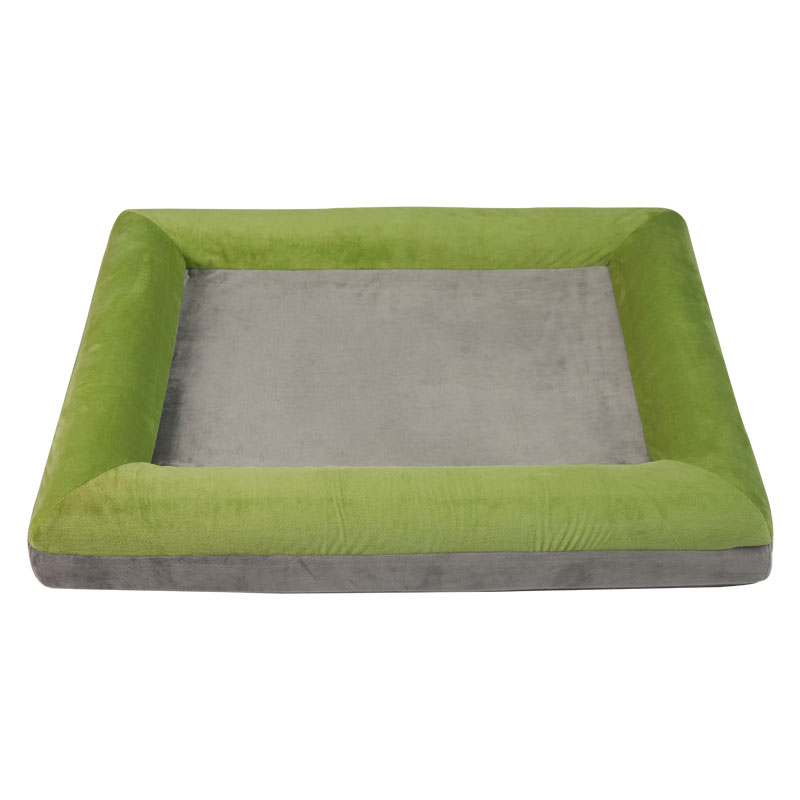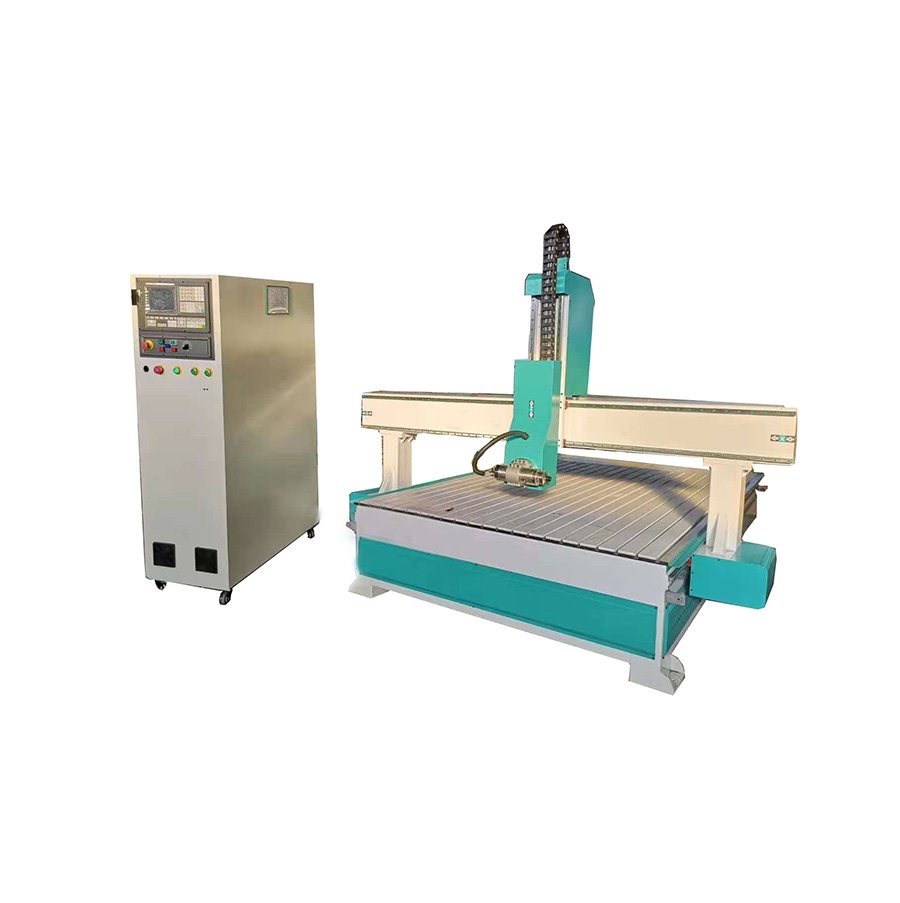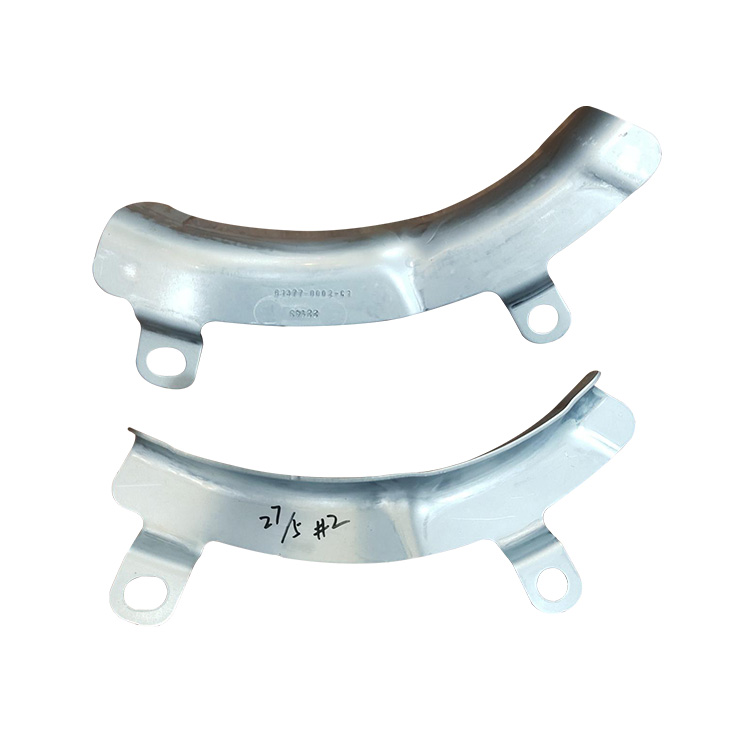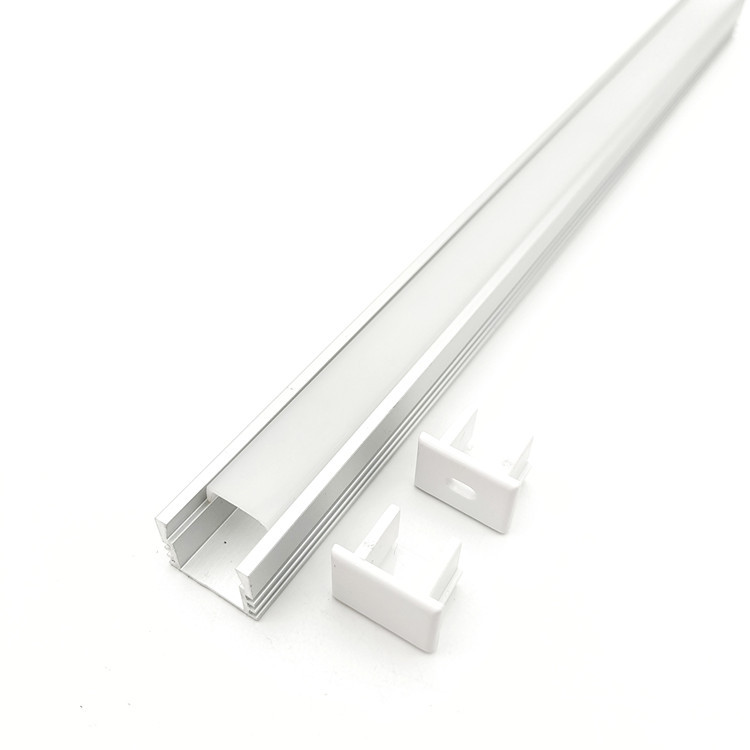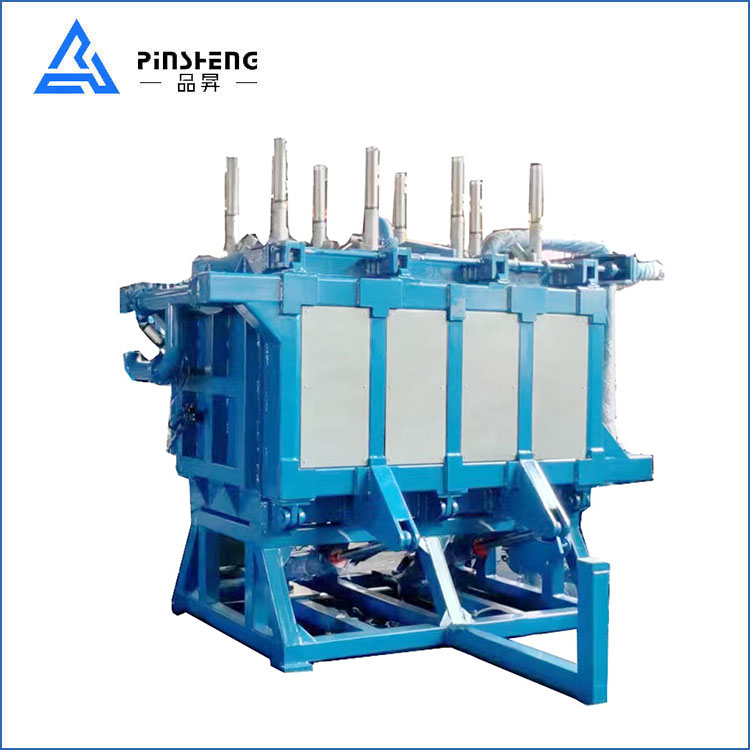Important considerations when choosing a butterfly valve
The butterfly plate of the butterfly valve is installed in the diameter direction of the pipeline. The butterfly valve is simple in structure, small in size, and light in weight. It consists of only a few parts, and it can be opened and closed quickly only by rotating 90°. The operation is simp......
Send Inquiry
Product Description
The butterfly plate of the butterfly valve is installed in the diameter direction of the pipeline. The butterfly valve is simple in structure, small in size, and light in weight. It consists of only a few parts, and it can be opened and closed quickly only by rotating 90°. The operation is simple, and the valve has good fluid control characteristics. When the butterfly valve is in the fully open position, the thickness of the butterfly plate is the resistance when the medium flows through the valve body, so the pressure drop generated by the valve is very small, so it has good flow control characteristics.
If the butterfly valve is required to be used as a flow control, the main thing is to correctly select the size and type of the valve. The structural principle of the butterfly valve is especially suitable for the production of large-diameter valves. Commonly used butterfly valves include wafer butterfly valves and flanged butterfly valves. The wafer butterfly valve is used to connect the valve between two pipe flanges with stud bolts. The flanged butterfly valve has flanges, and the flanges at both ends of the valve are connected to the pipe flanges with bolts.
Butterfly valve, as a component used to realize on-off and flow control of pipeline systems, has been widely used in many fields such as petroleum, chemical industry, metallurgy, hydropower, and so on. In the known butterfly valve technology, its sealing form mostly adopts a sealing structure, and the sealing material is rubber, polytetrafluoroethylene, etc. Due to the limitations of the structural features, it is not suitable for industries such as high temperature resistance, high pressure resistance, corrosion resistance, and wear resistance.
An existing, relatively advanced butterfly valve is a triple-eccentric, metal, hard-sealed butterfly valve. The valve body and the valve seat are connected components, and the sealing surface of the valve seat is made of heat-resistant and corrosion-resistant alloy materials. The multi-layer soft stacked sealing ring is fixed to the valve plate. Compared with the traditional butterfly valve, this butterfly valve has high temperature resistance, easy operation, and no friction when opening and closing. The advantages of excellent sealing performance and extended service life
1. The main control parameters of the butterfly valve are its specifications and sizes.
2. The butterfly valve is a single-plate air valve, which has a simple structure, convenient processing, low cost, and easy operation, but its adjustment accuracy is poor. It is only suitable for switching or coarse adjustments in ventilation and air conditioning systems.
3. It can be operated manually, electrically, or by zipper and can be fixed at any angle in the range of 90°.
4. Due to the single shaft and single valve plate, the bearing capacity is limited, and the service life of the valve is short under the conditions of a large pressure difference and a high flow rate. The valve is divided into closed-type and ordinary-type, heat preservation and non-heat preservation.
5. The electric butterfly valve only has two-position control, and the electric actuator is the same as the multi-leaf valve.
